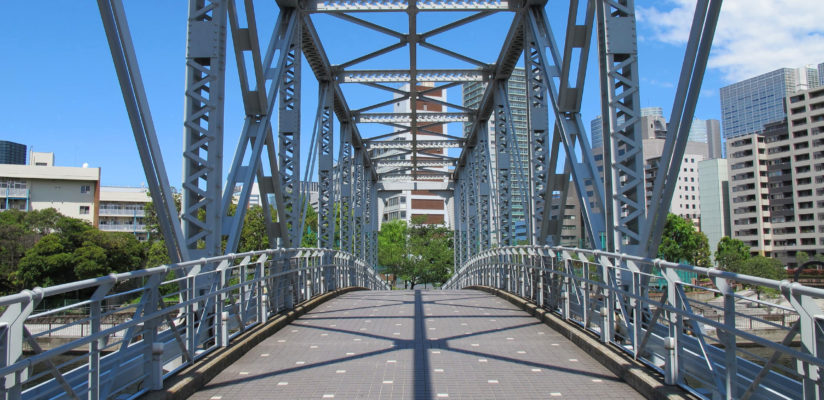Aiming to ensure the safety of the transport infrastructure during operation through the improvement of maintenance policies across Europe, the European Commission opened in 2019 the call for the Coordination and Support Action (CSA) “Monitoring and safety of transport infrastructure”. In 2020, the CSA was granted to the IM-SAFE project consortium. Dr.ir. Agnieszka Bigaj-van Vliet, Senior Scientist at TNO is the IM-SAFE Project Coordinator. She recently took the time to answer a few questions about IM-SAFE.
Please introduce yourself:
Dr.ir. Agnieszka Bigaj-van Vliet
- IM-SAFE Project Coordinator
- Senior Scientist at TNO (https://www.tno.nl )
- International Federation for Structural Concrete (fib) Presidium member
- fib T10.1 “Model Code 2020 for Concrete Structures” Deputy Convener
- American Concrete Institute ACI-318 Sub-committee member
Why is the IM Safe project important?
The main goal of IM-SAFE is to support the preparation of a mandate for CEN standards for monitoring, data-informed safety assessment and preventive maintenance of the transport infrastructure. Despite the constantly increasing number of examples of the use of information from inspection, testing and monitoring to support the safety and risk assessment of existing structures, major challenges are being faced in establishing consensus on standardised approaches.
Among other factors, the lack of consolidation of the current best practices, the fragmented vision on the needs for standardisation and diversity of the opinions regarding the best ways to overcome the political, economic, social and technical barriers are the major obstacles in creating common grounds for European standardisation. The IM-SAFE project consortium aims to overcome this obstacles and by doing so to create solid basis for further development of European standards for structural monitoring and predictive maintenance policies of bridges and tunnels.
How will IM-SAFE contribute to the improvement of quality of transport infrastructure ?
Resources and capacity for conservation and care of the transport infrastructure are limited and should be used in an optimised way to counteract the growing backlog of maintenance. Maintenance deficiency is an urgent issue at both European and global levels: in the last two decades there have been nearly 30 major failures of road and railway bridges and tunnels in Europe with hundreds of people killed and injured. The collapse of the Morandi Bridge in Genoa, Italy (2018, 43 people killed) has led to a year-long state of emergency in the Liguria region, an extensive analysis of the structural failure, and widely varying disputes of liability. IM-SAFE envisions a significant role of standardisation in paradigm shift towards condition- and risk-based preventive maintenance through data-informed decision-making, and by doing so the project contributes to counteracting maintenance deficiencies.
What are you most excited about?
One of the major objectives of the IM-SAFE project is to reach consensus in the development and implementation of new standards. Therefore one of the unique features of IM-SAFE is that we constantly evaluate the viewpoints of stakeholders and policymakers. In doing so, we are mobilizing a broad Community of Practice, inviting all to share with us their opinions. We are very positive about the openness and willingness to discuss the needs for standardisation that we have experienced in our contacts with, among others, CEDR, ECTP, IABSE, and EUROSTRUCT.
The upcoming events such as EUROSTRUCT Conference 2021, CACRCS Days 2021, IABSE Symposium 2022 and fib Congress 2022, in which we will share project results, form excellent opportunities to further discuss the vision and approach developed in the IM-SAFE project. We are also actively maintaining contacts with the European Commission, in particular DG RTD, DG GROW and DG MOVE, with JRC, and with CEN and its relevant Technical Committees. Considering various perspectives and understanding the reasoning behind the different opinions is a key factor for reaching the goals of the IM-SAFE project.

